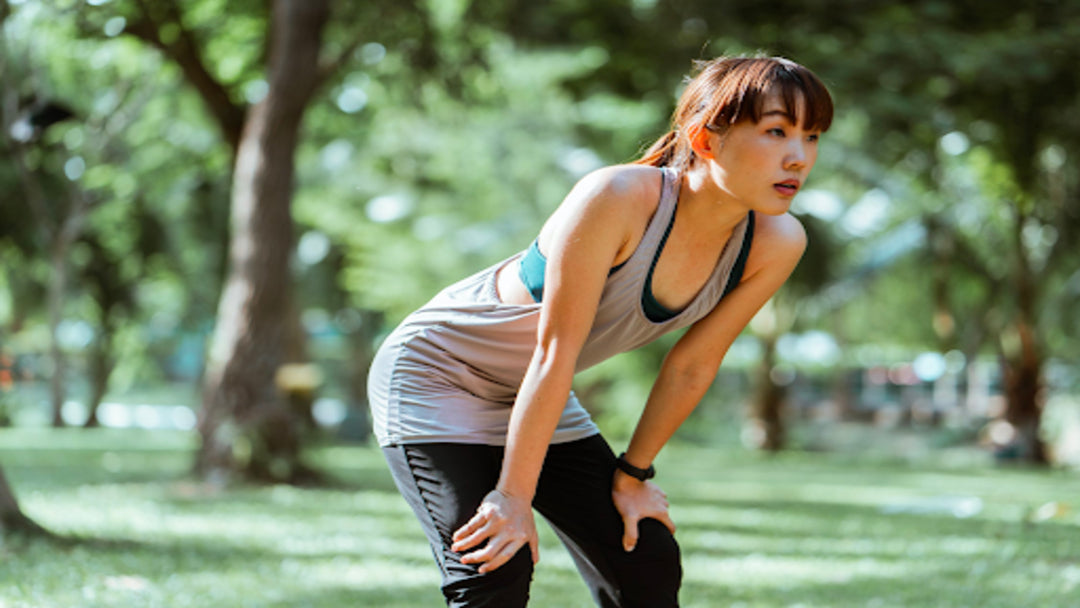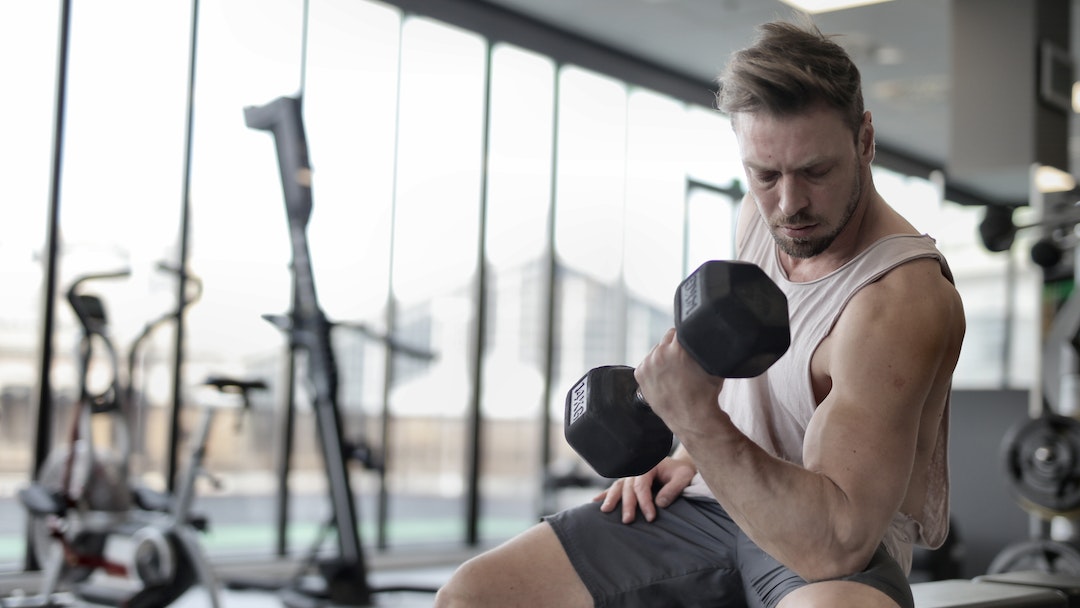Feeling an ache in your knee is the bane of existence for any experienced athlete, and once you feel that IT band swelling, it can be hard not to resign yourself to weeks of painful recovery.
Luckily, it’s now easier than ever to prevent iliotibial band syndrome and reduce your pain once it develops. With treatments like CBD, you can minimize pain and inflammation and get back to training quicker than ever.
What is Iliotibial Band Syndrome?
To put it simply, iliotibial band syndrome (ITBS) is a condition where the iliotibial band becomes irritated or swollen due to constant rubbing against surrounding bones.
But why would that happen? Well, the iliotibial band is a tendon that runs along the outside of your leg from the top of your pelvic bone down to your knee. This tendon can shift or tighten as you move your leg or bend your knee. Though this tightening is normal, too much shifting of a tight IT band can cause it to rub against the bone, eventually creating swelling.
Though ITBS is by no means a chronic or life-threatening condition, it can cause enough pain and discomfort to limit your ability to move or train as usual. Luckily, most patients recover after 4 to 8 weeks of treatment.
Related: Legs Sore After Squats & Leg Day? Here’s How to Recover Fast
Who is at Risk of Iliotibial Band Syndrome?
Naturally, those who frequently exercise—and therefore strain the IT band more often—are more likely to develop ITBS. ITBS is most common in long-distance runners, though cyclists, soccer players, skiers, or other athletes are also at higher risk.
However, ITBS isn’t a condition exclusive to athletes. Some genetic characteristics, like bowed legs, uneven legs, or knee arthritis, can also increase the chances that ITBS will develop. These conditions put a disproportionate amount of strain and weight on the IT band, therefore creating long-term tension.
Luckily, ITBS isn’t inevitable for athletes or the general public. If you’re at higher risk for developing ITBS, there are some steps you can take to prevent it.
How to Prevent ITBS

If you’re a runner, making sure you train in the right conditions can dramatically reduce the risk of developing ITBS. For instance, avoiding running in worn-out shoes, running on uneven or downhill terrain, training in cold weather, or simply running too much too often can help prevent ITBS. But of course, rough terrain or the occasional worn-out shoes are inevitable for regular runners. If you have to train under some of these conditions, ensuring that you stretch and warm up before your run can also help prevent ITBS and other injuries.
For non-athletes, strengthening the hip, glutes, and abdominal muscles can prevent your body from putting too much weight on the IT band, preventing full-blown ITBS from setting in.
Looking to reduce soreness after your workouts? Check out the Hemp Muscle Rub for pain and soreness relief!
Common Symptoms of ITBS
Of course, the most obvious symptoms of ITBS are pain in the hip and knee area. This pain can feel like an aching or burning feeling that may spread to the thigh. At first, you may only feel this pain right after a workout. However, if the condition worsens, it can start hurting during your workouts or even during rest.
Apart from the pain, you may hear clicking, snapping, or popping sounds outside your knee or hip. The outer edge of your knee may also look red and feel warm to the touch. Once these symptoms have developed, you should consider paying a visit to your healthcare provider for a formal diagnosis in order to determine the most effective treatment.
Related: Can’t Straighten Your Arms After A Workout? Here’s What To Do
What To Expect During Your ITBS Diagnosis
When you visit your doctor, they will start by asking about your medical history, exercise habits, and symptoms. They will also complete a thorough check of your knee and leg, including a test of your strength, soreness, and range of motion.
In most cases, these tests will be enough to differentiate between ITBS and other potential sources of knee pain. However, there is a chance your doctor will need to get an X-ray or MRI before they can be sure you have ITBS.
Treating Iliotibial Band Syndrome

Once you and your doctor are sure you have ITBS, the first and most apparent treatment plan will be to limit any activities that worsen the condition, like running. Yet, even if rest can help your body heal on its own, you will likely need additional support to manage the pain that can occur as you continue through your daily activities. These treatments may include:
Topical Hemp Products
One of the safest, most effective ways to reduce your ITBS symptoms during recovery is topical CBD. These products can help relax the muscles, provide pain relief, and reduce inflammation, all without the high typically associated with cannabis-derived substances.
If you’re interested in trying topical CBD for your ITBS recovery, check out Hemp Muscle Rub by Herbal Ice, a doctor-formulated CBD isolate rub designed to provide pain and soreness relief to targeted parts of the body. Formulated with additional pain-relieving ingredients like turmeric, menthol, and magnesium, this muscle rub comes with a convenient roll-on applicator that’s perfect for use throughout the day.
Pain Medications
Your doctor may recommend over-the-counter pain medications like Ibuprofen or Naproxen to help reduce the pain and reduce inflammation in your knee and hip. In the same vein, something as simple as icing the outside of your knee may also help keep inflammation down and speed up recovery.
Physical Therapy
In some cases, physical therapy can be an effective tool to reduce the current tension in your IT band and prevent future ITBS. In physical therapy, you will learn ways to stretch and strengthen your hips’ muscles, which can be a great way to start warm-up exercises once you’ve recovered.
Steroid Injections
In more extreme cases, you may need to receive a steroid injection to your leg. Though this may sound overwhelming, a corticosteroid shot is simply another way to reduce the inflammation in the IT band for patients who don’t respond well to rest, CBD, pain medications, or physical therapy.
Interested in using CBD to reduce your ITBS pain? Try our Hemp Muscle Rub for localized pain relief.
Summary
Though ITBS can be an unwelcome surprise for any athlete, there are plenty of ways to ensure it doesn’t develop into a long and painful experience. By preventing it when possible and treating it with rest, CBD, and physical therapy, you can avoid the worst of ITBS and get back to the activities you love.



